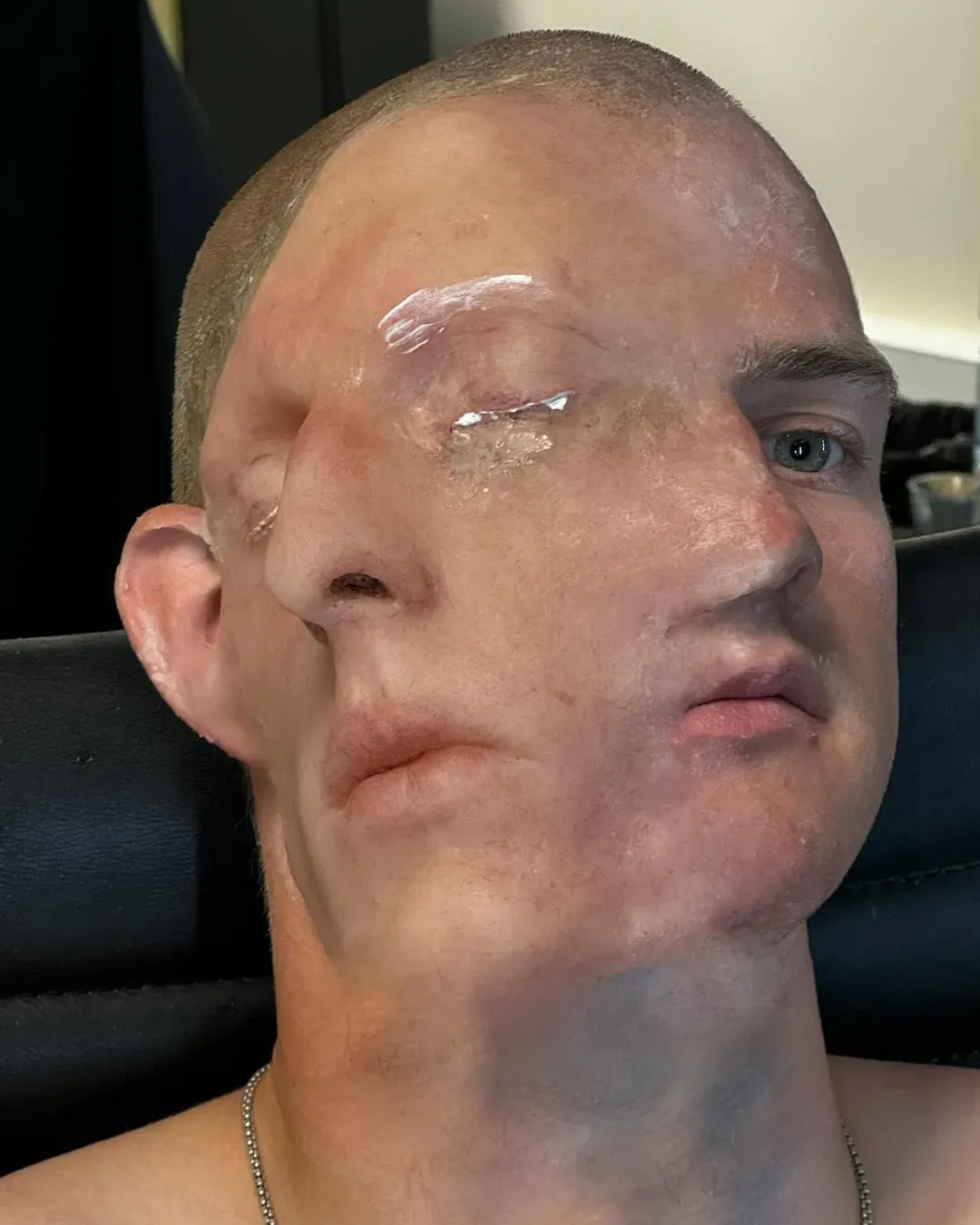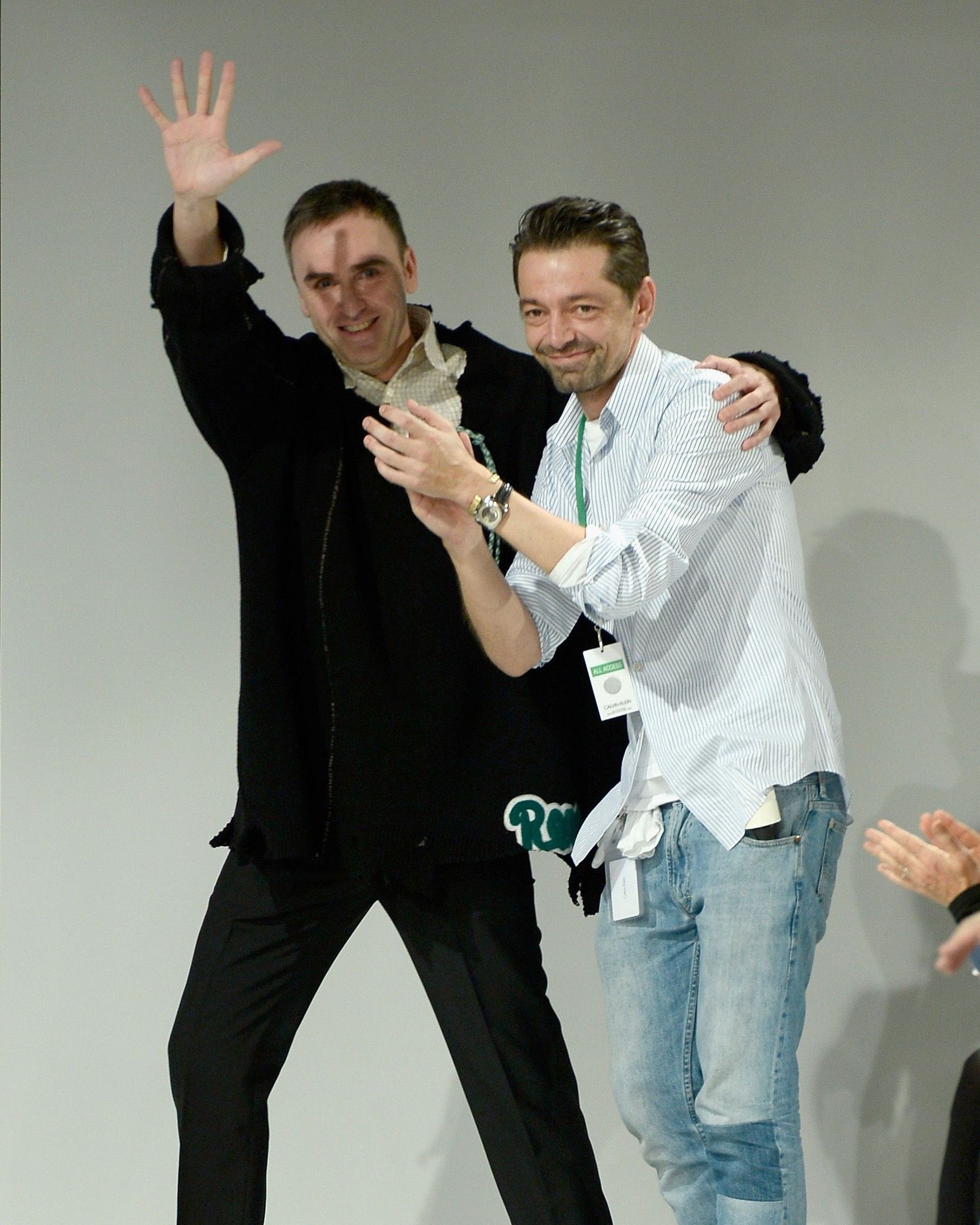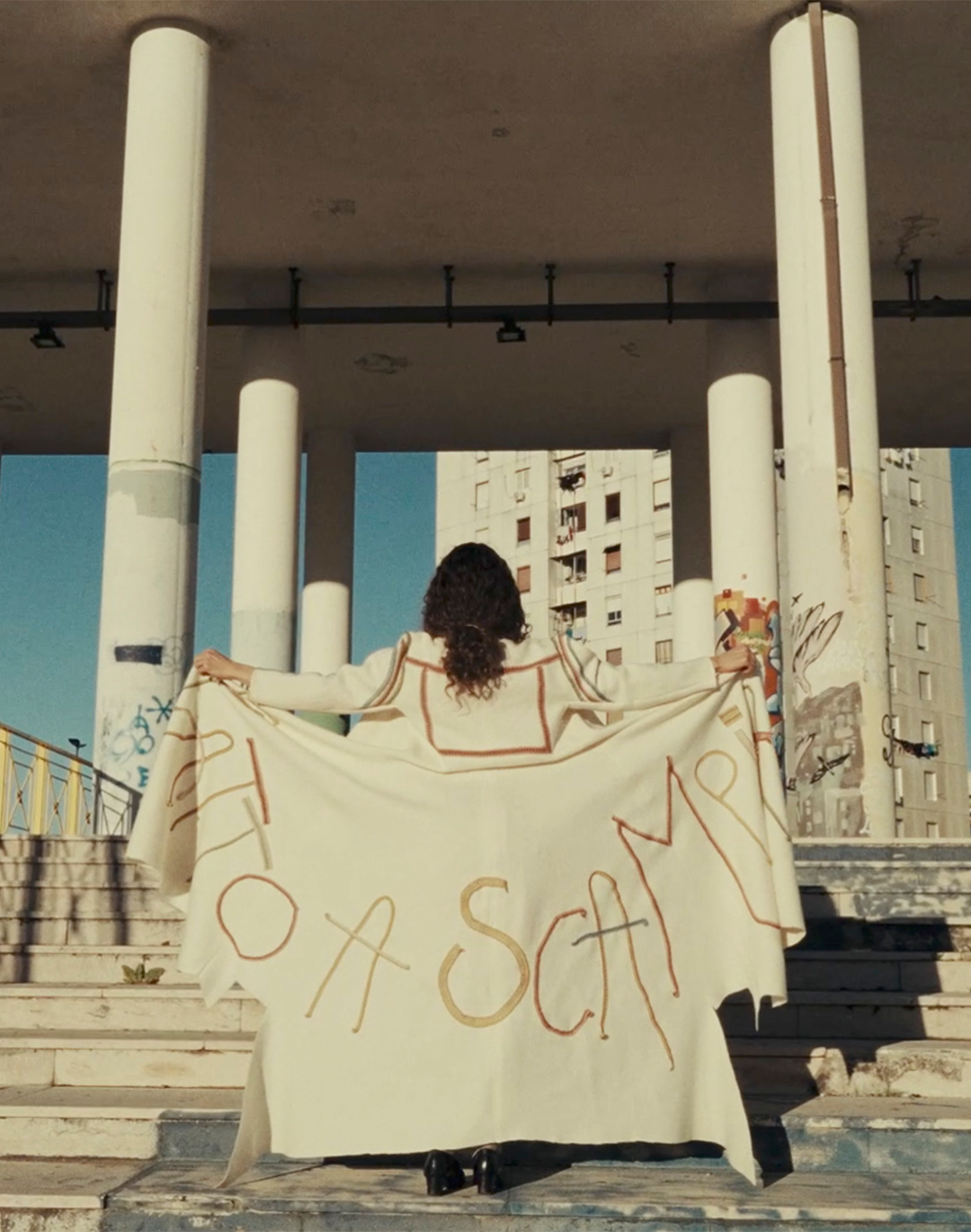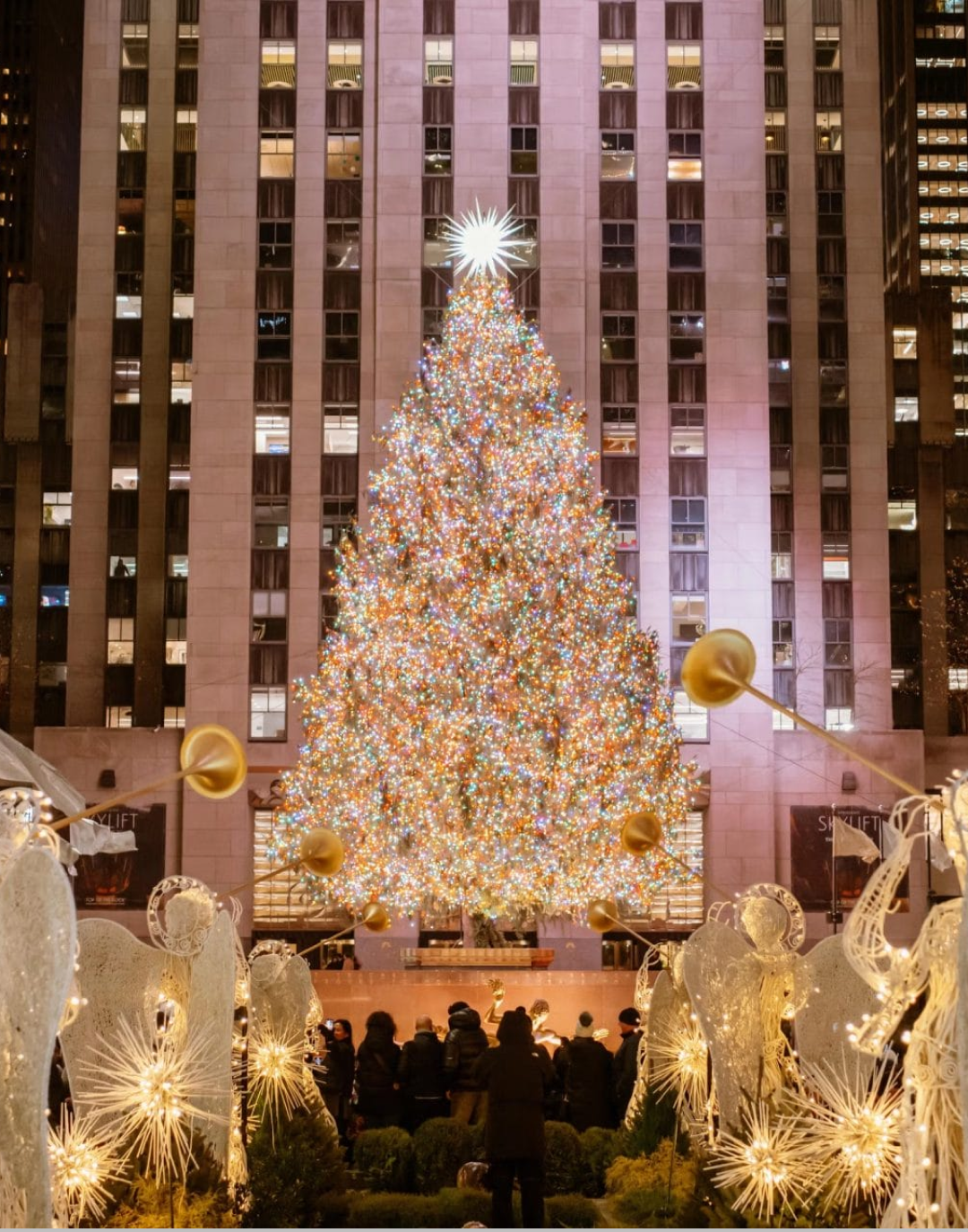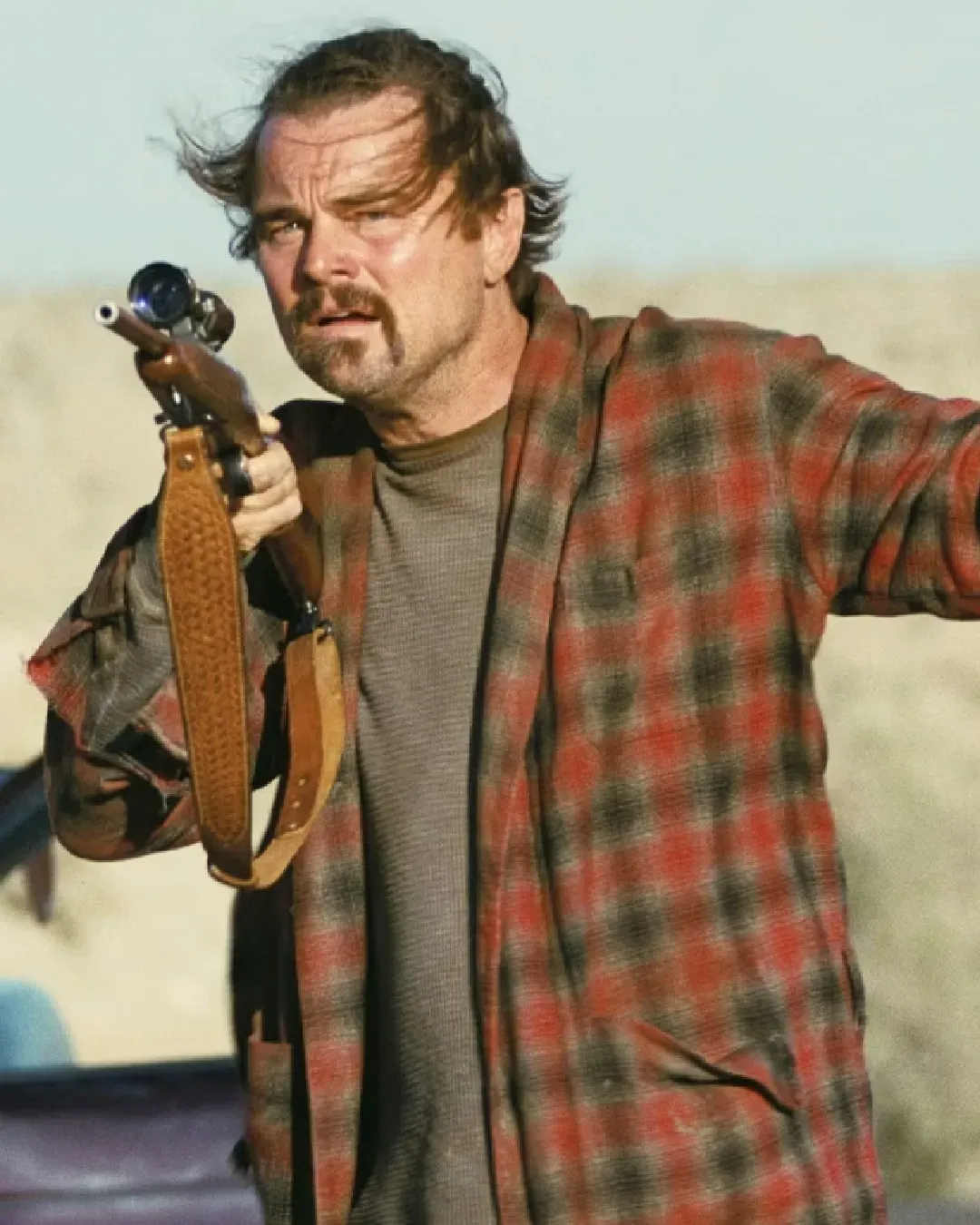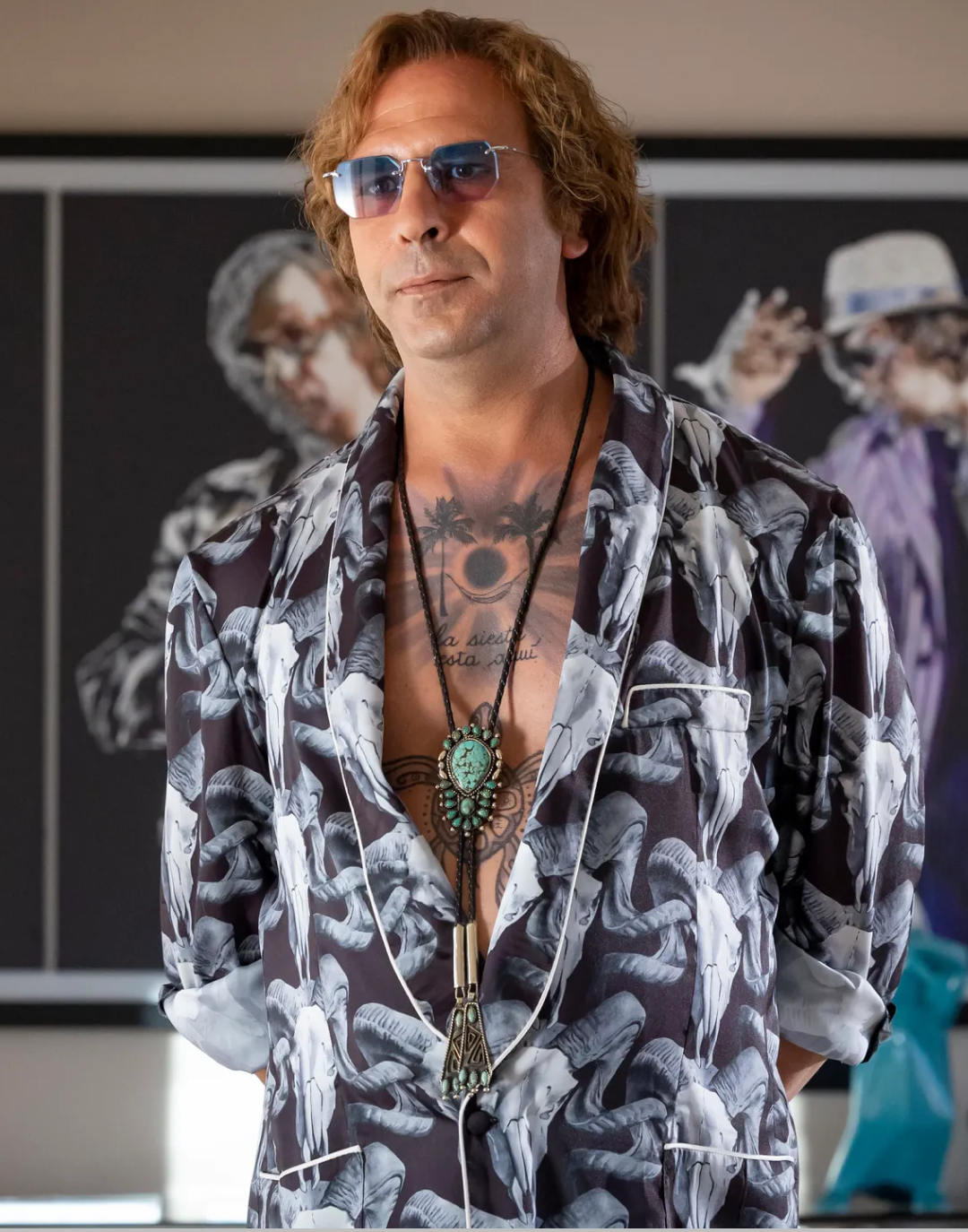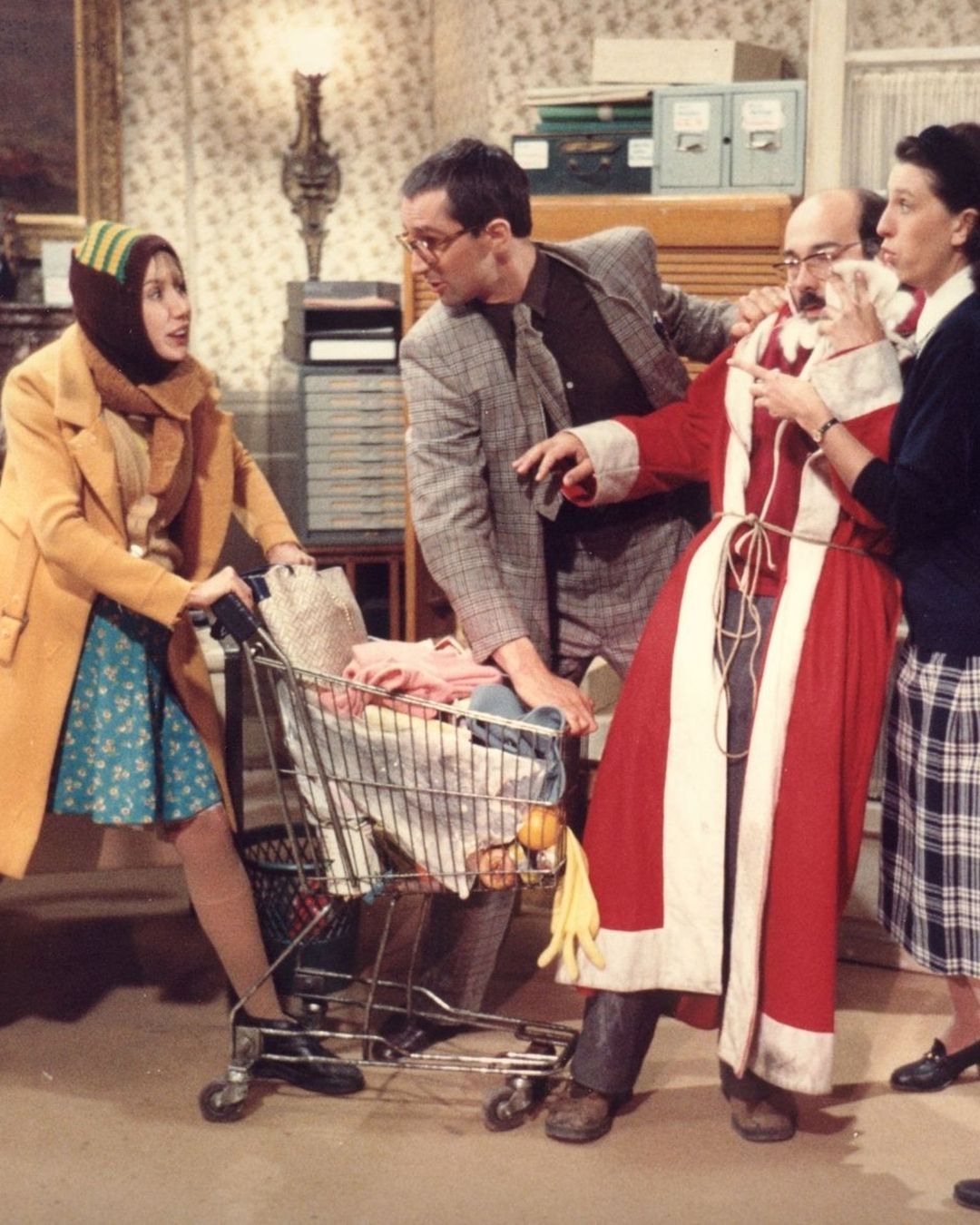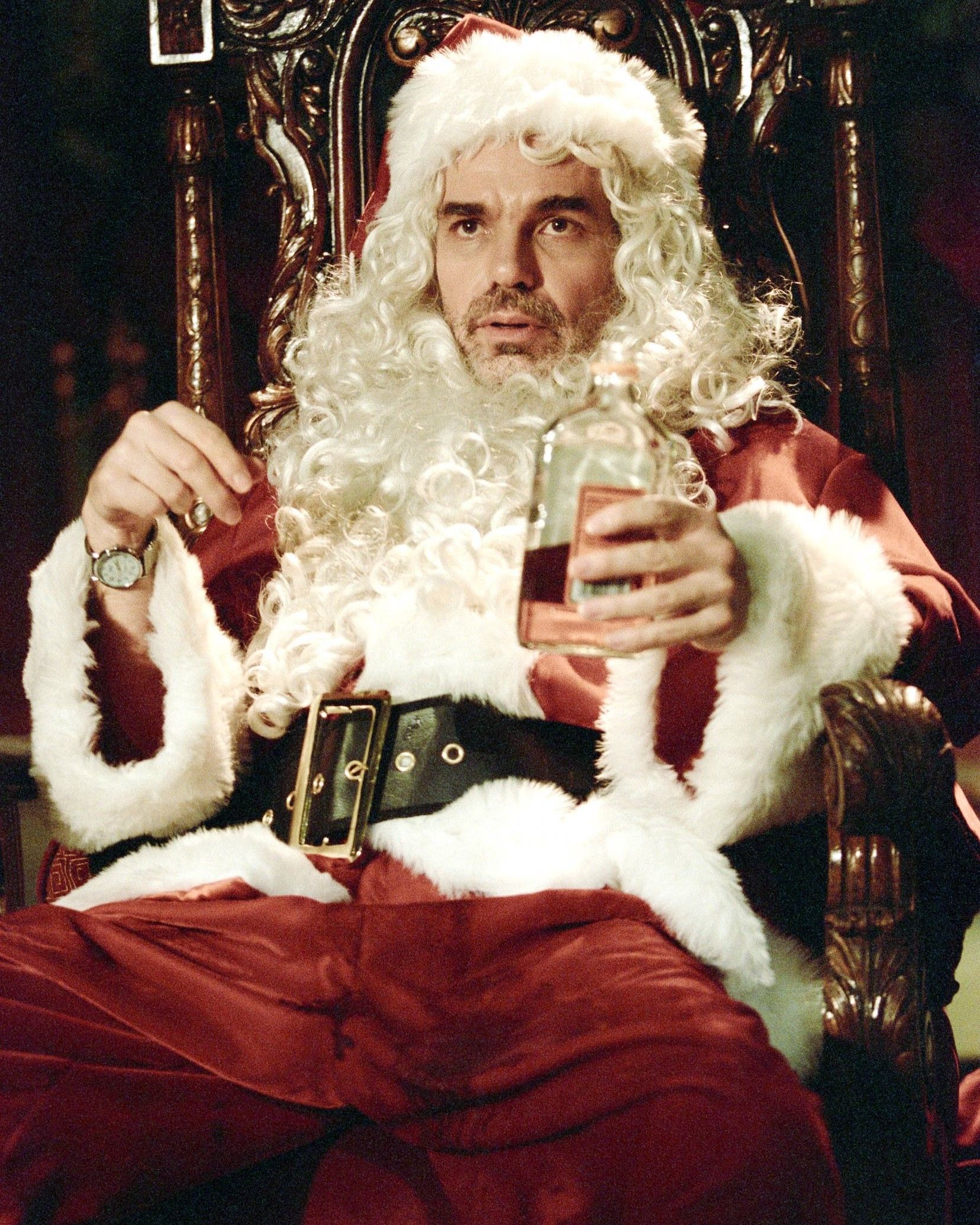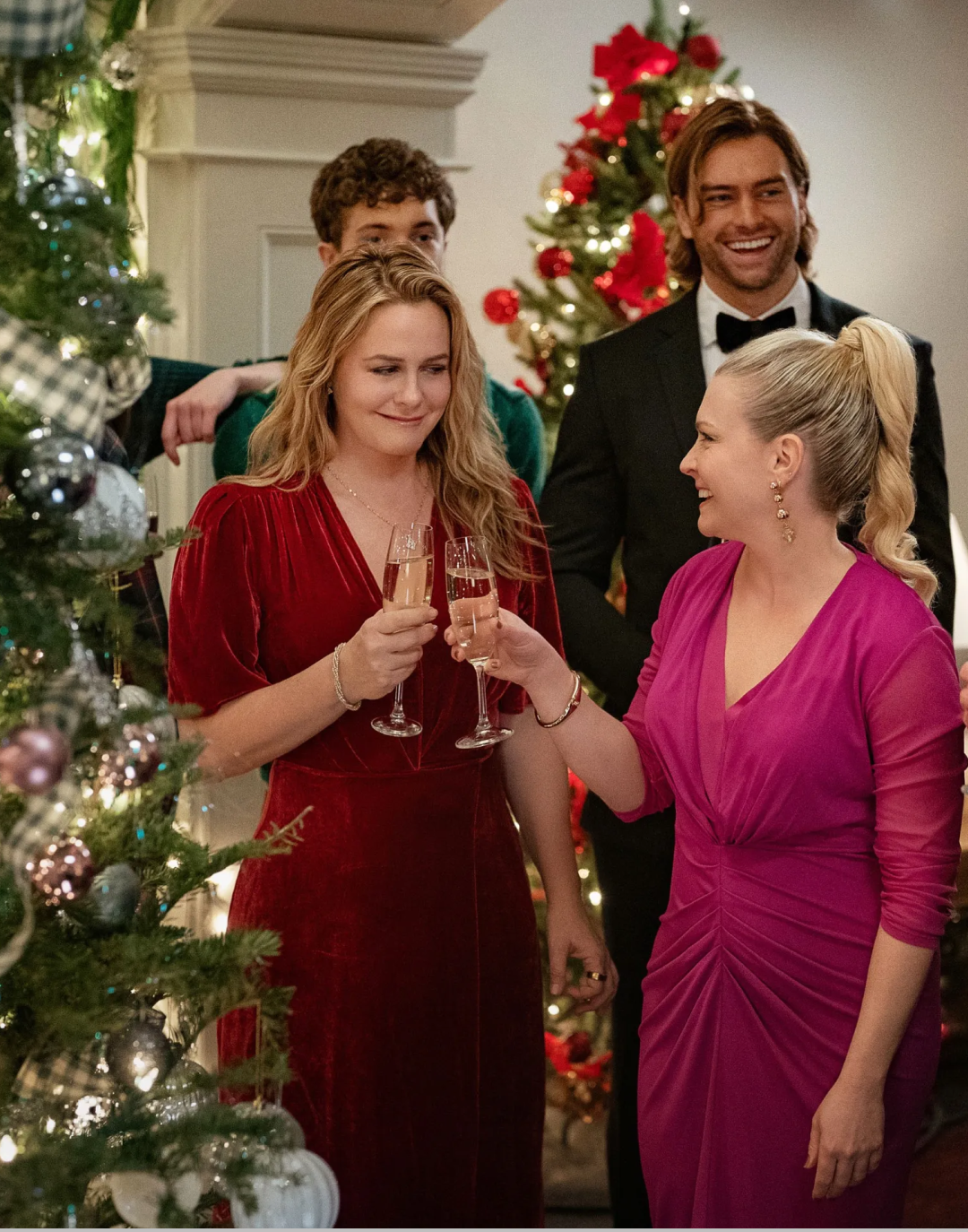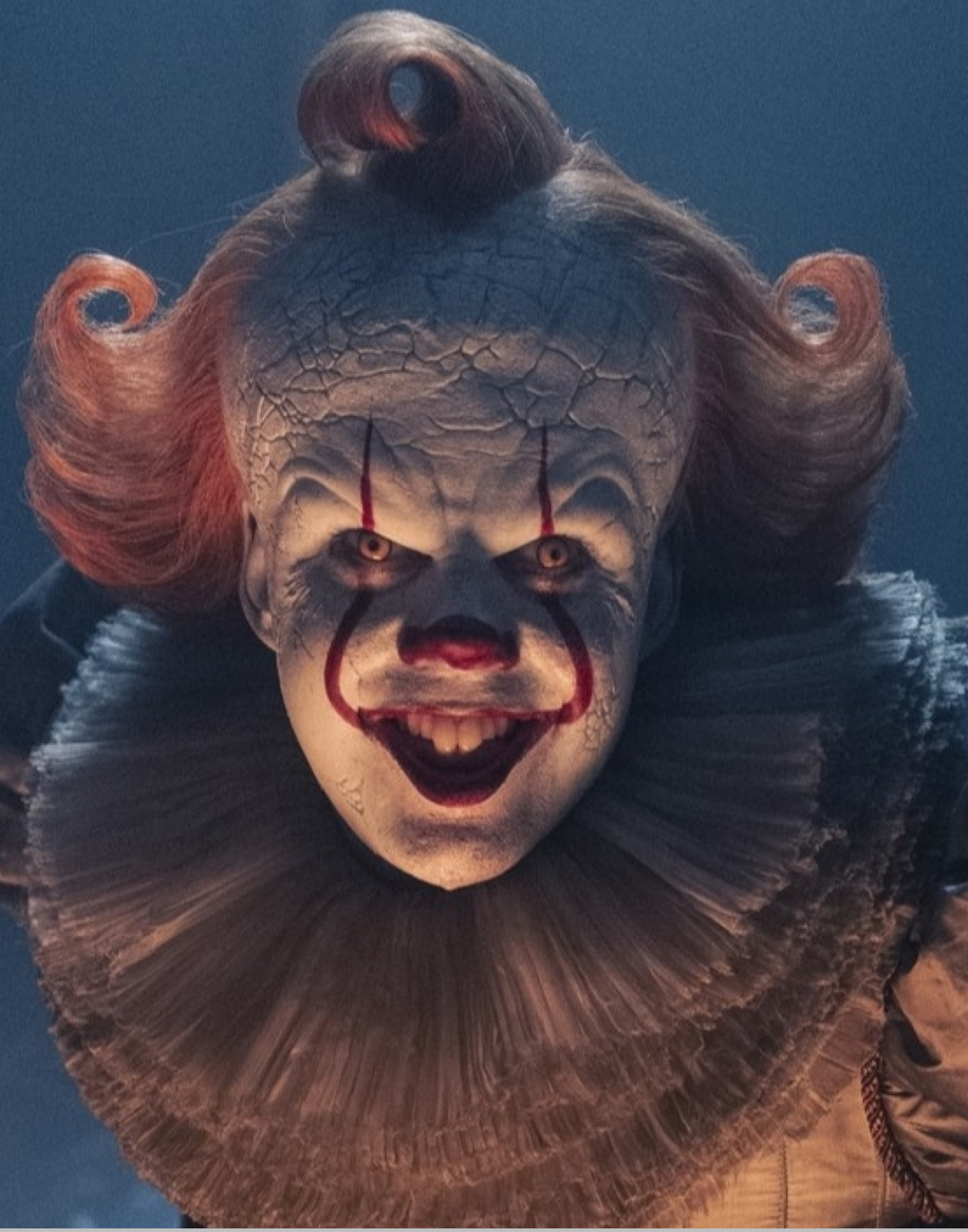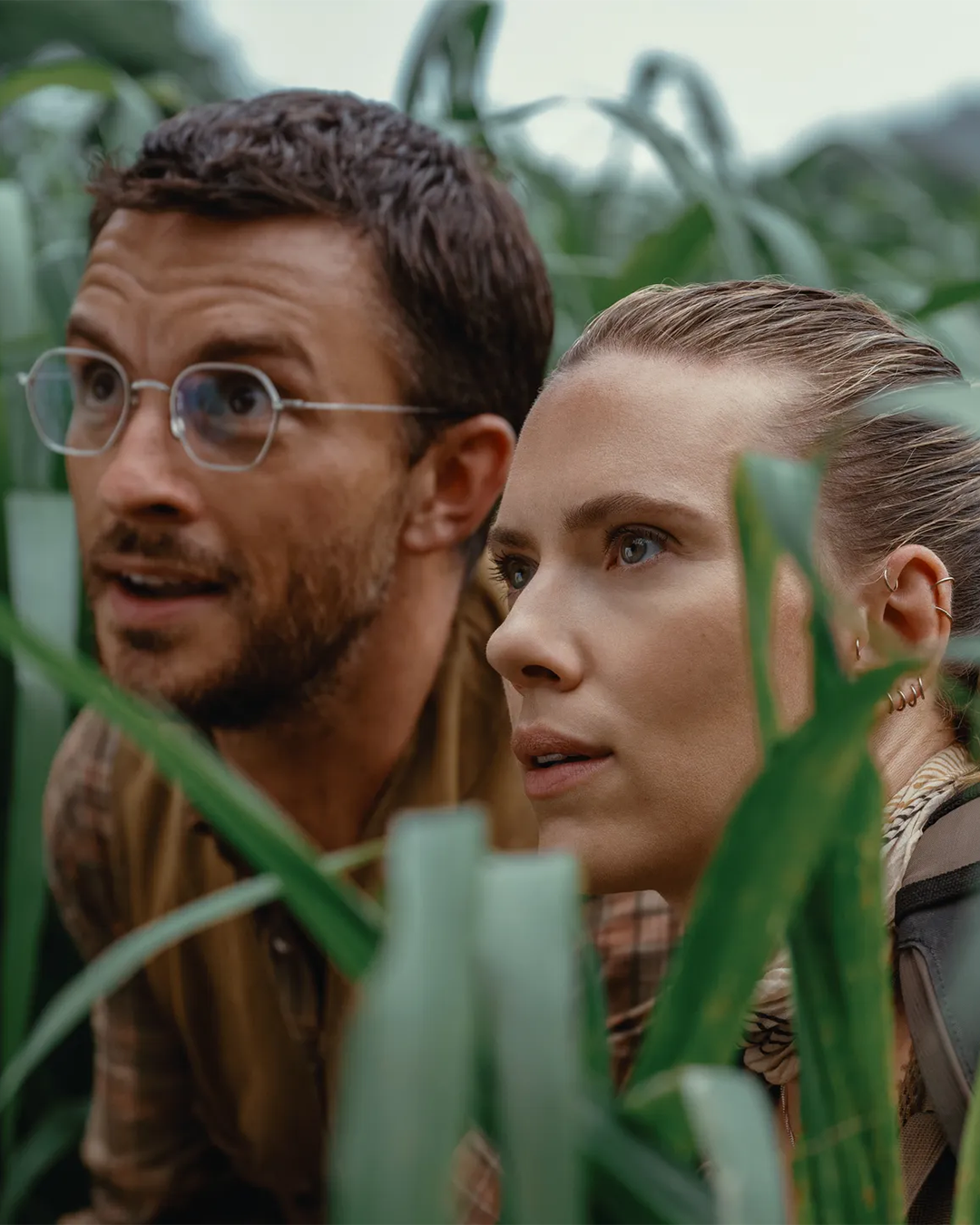
From "Jurassic Park" to "Jurassic World – The Rebirth" How Spielberg defined the concept and transformation of the blockbuster
The Jurassic Park saga has always somewhat dictated the pace, evolution, and analysis of the state of the blockbuster within the entertainment industry. After the release of Jaws in 1975, Steven Spielberg sparked a true revolution with the first Jurassic Park in 1993. His global cinema classic saw, for the first time, humans and dinosaurs interact, physical people and computer graphics together on screen, bringing to theatres an audience eager to see how it was possible that actors like Sam Neill, Laura Dern, and Jeff Goldblum could share the same fictional yet incredibly real space with such fantastic creatures—making the film not only a success, but a timeless cult classic. With the return of the saga after the closure of its first trilogy, which also included The Lost World: Jurassic Park (1997) and Jurassic Park III (2001), the next step had to be even bigger. That was exactly the strategy behind the 2015 reboot with Jurassic World—moving from the word "Park" to "World" was already significant—for a trend shaped by the logic of a market that had changed dramatically since the early Nineties, including the very concept of the blockbuster.
The concept behind the film directed by Colin Trevorrow, starring Chris Pratt and Bryce Dallas Howard, was based on the changes the entire industry had undergone and the desire to satisfy a new kind of audience. Viewers had been weaned on Jurassic Park and the blockbusters that followed, and now theatres demanded an even more exaggerated and immersive experience—something the saga was ready to deliver. Trevorrow's film makes its intentions clear early on: when a Mosasaurus devours a shark suspended above the water, it’s meant to convey to the audience the creature’s enormous scale. That meal isn’t chosen randomly: feeding a shark—the ultimate symbol of the blockbuster, introduced by Spielberg himself in '75 and arguably the first movie to be labeled as such—to the Mosasaurus serves as a statement of intent for the new Jurassic World. This film had to be even more expansive, giant, and louder, adapting to ever-larger screens, more elaborate sound systems, and cinemas that, unfortunately, risk becoming increasingly empty. Jurassic World won its gamble and became the highest-grossing entry of the franchise, even surpassing the 1993 original. From there, however, the saga declined due to the lack of originality in the following two films, receiving negative reviews that prevented the modern trilogy from being fully embraced—though that didn’t stop the franchise from continuing.
Ten years after the release of Jurassic Park, comes Jurassic World – The Rebirth, which—just like the 2015 title—must align with the times and, more importantly, reignite interest in the franchise, something the previous two films (Fallen Kingdom and Dominion) had extinguished. Once again, the message is delivered right from the opening scenes: when Rupert Friend's character recruits Jonathan Bailey's paleontologist alongside mercenary Scarlett Johansson, what becomes clear is the lack of enthusiasm the public now feels for these massive, ancient, and once awe-inspiring creatures. Paraphrasing Dr. Henry Loomis: if just a few years ago people lined up to enter the dinosaur museum—if they could even get in that day—now only a dozen tickets might be sold. While we may not want to see the state of movie theatres as that catastrophic, the underlying message of this dinosaur saga remains as strong as ever, even after more than thirty years. Just as clear is the necessity of having to invent a new premise for yet another film about these mythological creatures.
Forget the dinosaurs, just give me two hours of Dr. Henry Loomis doing his thing. pic.twitter.com/DO9ZkxVAgr
— ً (@delioncurt) June 11, 2025
In Jurassic World – The Rebirth, we are introduced to mutation: genetically modified dinosaurs, the result of more or less successful experiments, which draw the title even closer to today’s monster movies—films that have found new and more marketable protagonists in Godzilla and King Kong (sometimes even combined). It's no coincidence that the director chosen was someone familiar with these beasts: Gareth Edwards, who debuted in 2010 with a film literally titled Monsters, and later took on the poetic, visually impressive 2014 version of Godzilla. The formula of bigger, stronger, and louder also applies to Jurassic World – The Rebirth, though it now comes in an enhanced version. The film aims to be a mix of Spielberg’s greatest hits (dinosaurs, obviously, but also boats, child protagonists, and the idea of family) and a spectacle-driven approach handled professionally—if not very inventively—by Edwards. So, while Dr. Loomis may have hoped the expedition would rekindle the public’s passion for dinosaurs, it’s clear that his optimism might need to find another outlet. Still, he shouldn’t give up hope for future opportunities, because with sagas as beloved and established as this one—regardless of box office performance—there’s always room for another sequel, and another, and another. That said, Jurassic World – The Rebirth and its mutant dinosaurs might not be the ideal solution. Just look at the gruesome fate they meet in the film.






